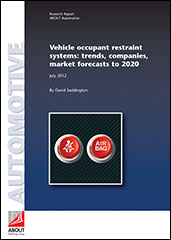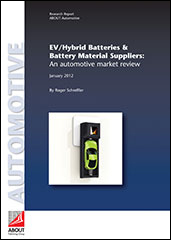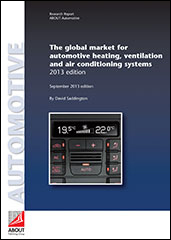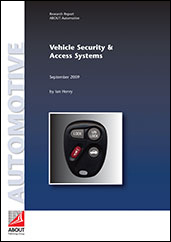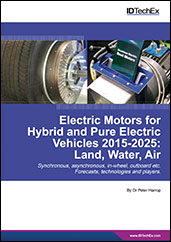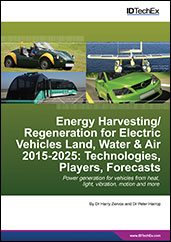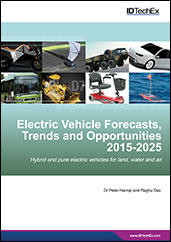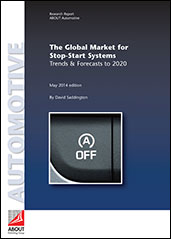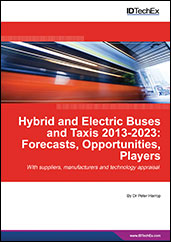Book

Global Engine Trends & Forecasts to 2020
2012-11-01
In this second edition the key market drivers for petrol, diesel and hybrid engine trends are reviewed, to extend and update the analysis originally published in 2008, and re-evaluate the trends in the intervening four years. It provides an authoritative overview of both the technology issues (both present and future), and regulatory (emissions) concerns involved with this sector. Drivers and forecasts for global engine trends through to 2020 are identified, and data is provided by region for petrol, diesel and Hybrid/EV engine production. The research also highlights consumer trends in engine buying, explaining how the three main developed-market areas have evolved remarkably different consumer preferences.
